G Squared Quake (Regular and AL7)
Reviewed by Chris Rhoads
December 23, 2013
Introduction
G Squared is at it again with their fourth major release in just under two years. This time, instead of going for another full sized design they are releasing their first mid-sized throw designed to compete in the field of horizontal play. This review is kind of a treat, not only will I be reviewing this new design but it is the first time I have been able to review the regular, 6061 alloy version of a G Squared product in conjunction with its AL7, 7075 alloy counterpart at the same time. Now it is time to see how the Quake holds up, especially in the hands of a player who is not the best at horizontal play.
Specs
• Diameter – 53.22 mm
• Width – 41.64 mm
• Gap – 4.20 mm
• Weight (6061) – 66.2 grams
• Weight (AL7 7075) – 68.3 grams
• Response – G Grips
• Bearing – BOSS Rage and BOSS Wrath
Construction
As with One Drop’s GZR Line, the AL7 versions of G Squared’s designs use the same CAD and machine programs as their 6061 counterparts. This makes the regular and the AL7 versions pretty much indistinguishable visually so during the review, the only times I will talk about them separately are during the playability section and the weight section.
The Quake is G Squared’s first foray into the midsized market making it a more “pocket friendly” throw. The profile shows off an organic, bell curved H-Shape. The large rims start flat at the edge and flow down into the catch zone where they take a steep drop before leveling out towards the gap. There isn’t a single hard transition or harsh line to muck up the visuals; even the rim edge has a slight radius to round it off. This leaves the catch zone wide open and begging to be hit during play. The face of the Quake has a slight step down to a weight ring before moving to the cup floor. The ring has a more angular channel cut into it giving just a hint of an industrial look. Just behind the ring is a hidden IGR. The floor of the cup has a slight curve to it which transitions smoothly to the rounded hub in the center. The whole design feels great in the hand thanks to the smooth Gruntbull finish and the organic design. Even though it is a midsized yo-yo it never feels cramped in my large hands.
Weight
The Quake comes in two flavors, regular and AL7. The difference being that the AL7 uses the denser 7075 alloy, which gives it a 2.1 gram increase over the regular version. 2.1 grams does not sound like a lot but consider this, my weight range preference is 64-68 grams. The regular Quake falls right in the middle of that range at 66.2 grams while the AL7 version is just a bit over at 68.3 grams. That being said both are quite stable on the string but there are trade offs to each. The regular Quake is a little quicker and a tad more agile while the AL7 has longer spin times and has a slight bit of float to it during play.
Response and Bearing
G Squared has ditched the hand poured silicone in favor of G Grip pads, which have a feel similar to CLYW’s Snow Tires. They give an excellent amount of grip during binds and stay dead unresponsive when it counts. During the review I found the pads to play perfectly out of the box with very little break in needed.
The Quake ships with two bearings from BOSS, the Rage and the Wrath. The Rage bearing is a V-Cut channel bearing for string centering and the Wrath is a long spinning flat bearing. All my play testing was done on the Wrath. I did test the Rage but I was not as fond of the play it gave. Both are high quality bearings with smooth, long spin times. It is up to personal preference at this point and I commend G Squared for giving the customer the opportunity to choose out of the box.
Playability
This is the part where it gets tricky, both of the Quakes play great and it is all going to come down to personal preference. There is not a single trick that I know that cannot be done on both the regular and AL7 version of the Quake. They both respond quickly to direction changes and stay rock solid stable during play even when you accidently bonk it with a finger during a trick. The Quake easily turns on its axis for quick and precise Gyro flops and does not have a problem with being horizontal… as much as my limited horizontal skills allow me to test it. Grinds are spot on with the blast, even the AL7 version with the slightly polished look to it grinds like a champ. Thumb grinds are a little tricky at first due to the placement of the IGR but once you get use to the fact that it is set back a little bit, thumb grinds are absolutely no problem at all. And now the big question, which do I prefer? You would think I would lean towards the regular version because it falls within my preferred weight range… and you would be incorrect. I actually prefer the slightly slower AL7 version this time around. The added weight makes for a more chilled out feel during play, something I gravitate towards since I will never be a competition player. I just have no interest in it. I will sacrifice the agility and speed that competition and tech players look for in order to get a more relaxed feel and yes, the $15 price premium for the AL7 version is worth it to me.
Final Thoughts
While I prefer the AL7 version of this model you honestly cannot go wrong with either. The Quake plays incredibly well while staying comfortable during play, something that seems to be lacking in competition oriented throws. When it comes down to it, if you want over the top splashes and faster play you should go with the regular version. If you prefer a classic solid color scheme and a more relaxed feel on the string then the AL7 is your bag. Either way, if you have a chance to try the Quake you should do so without hesitation.

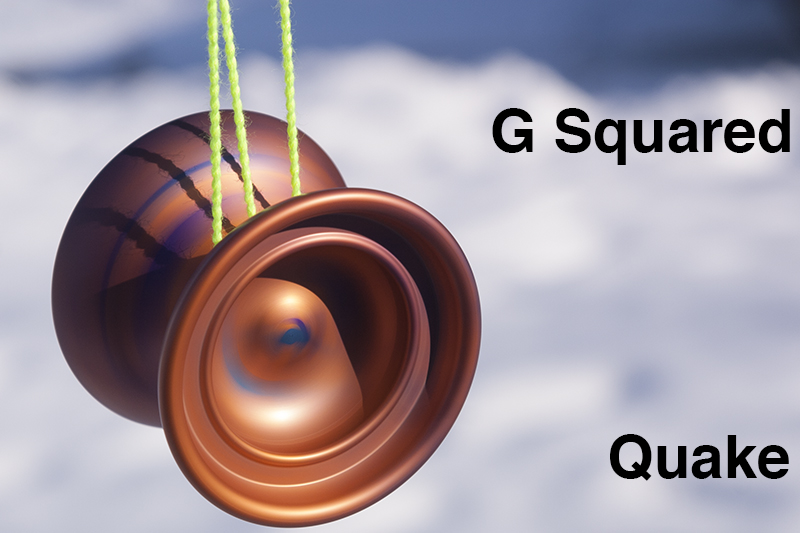
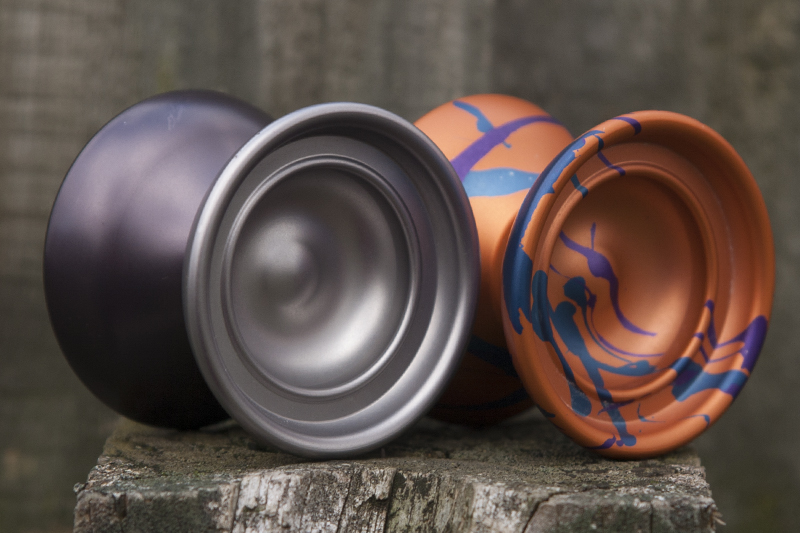
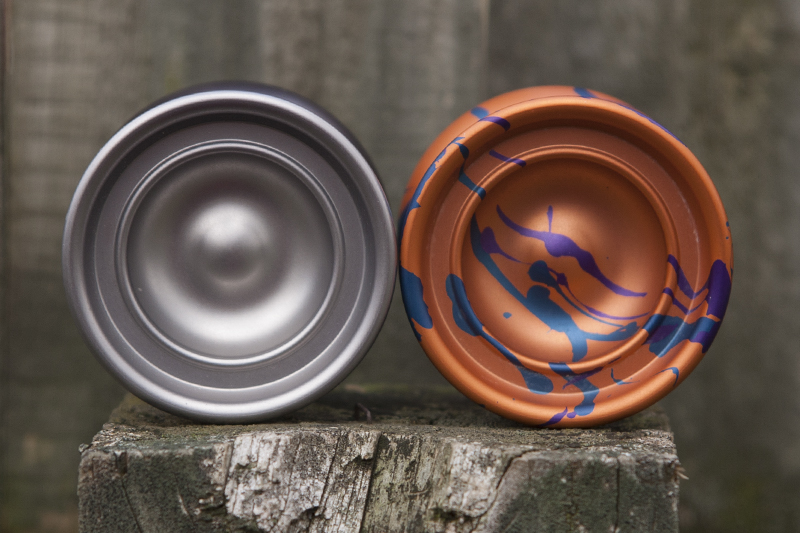
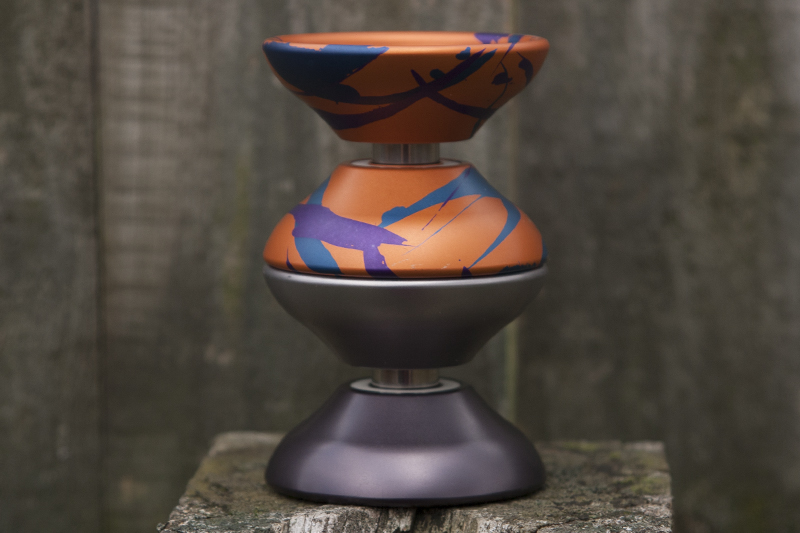
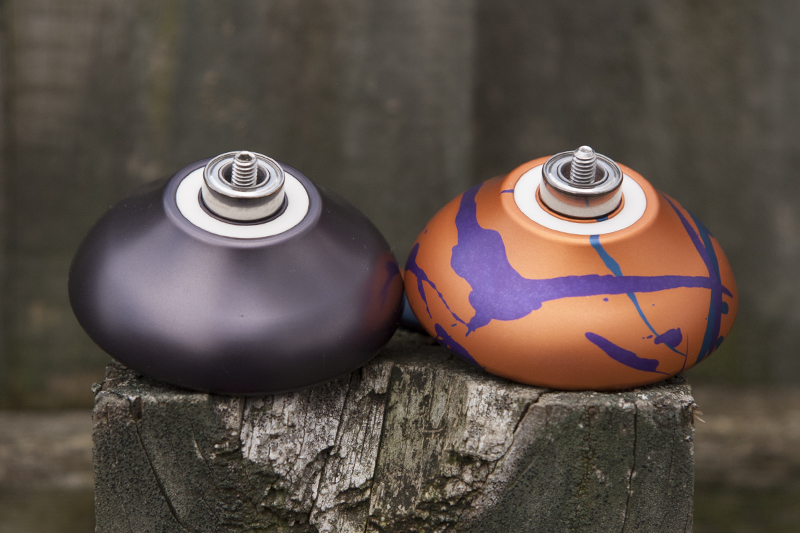
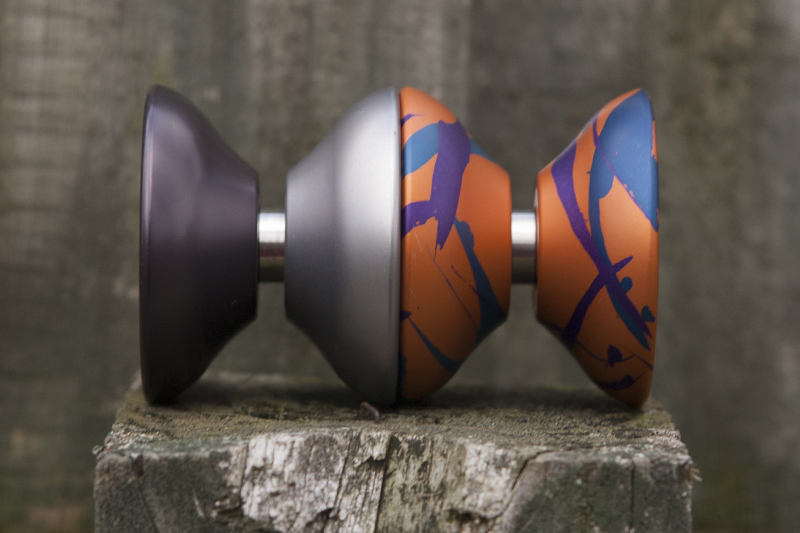

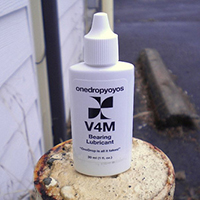
#1 by Zach Morris on January 26, 2014 - 2:51 am
Quote
I have been yoyoing for about 6 months and i have thoroughly enjoyed it.
i have been using the 6061 Quake non-stop for about 3 months and its safe to say i know all the ins ands outs of it. I’d like to start off by saying the yoyo looks great( i have the yoyo expert edition) and its size, shape and finish lead it to grind very well. I play in a rather fast competition style, which the yoyo caters to well. the yoyo is very fast and stable, but due to its midsize it can only be so stable, so it will only play as fast as it wants play, if you push it any harder it will lose some stability. my main reason for commenting is to fill in the gap where Chris could not, HORIZONTAL. Although I have only been yoyoing a short time , i have spent more than half of that time playing horizontal. To start you must understand horizontal is tremendously difficult. with that in mind i would not recommend this yoyo to anyone looking to learn horizontal with it, because of its high speed and lack of stability if you don’t know what your doing. But if you are at least comfortable with horizontal then this would be an excellent yoyo for you.The yoyo can play at rather slow horizontal speed but where it really shines is the medium to high speed horizontals, where it can still keep great stability. The Quake also keeps its spin time up during horizontal, I can push out up to 7 repetitions of horizontal skin the gerbil at the medium-high speed( and I’m talking about the full 90 degree stuff) and when i’m really pushing the yoyo hyper fast i can get about 3 repetitions which is just about the right amount for any horizontal play.
Overall The Quake is a Beautiful, Fast and Stable undersized yoyo that is a complete Monster at horizontal in the right hands.